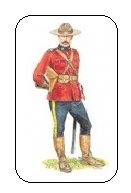True and Fascinating Canadian History
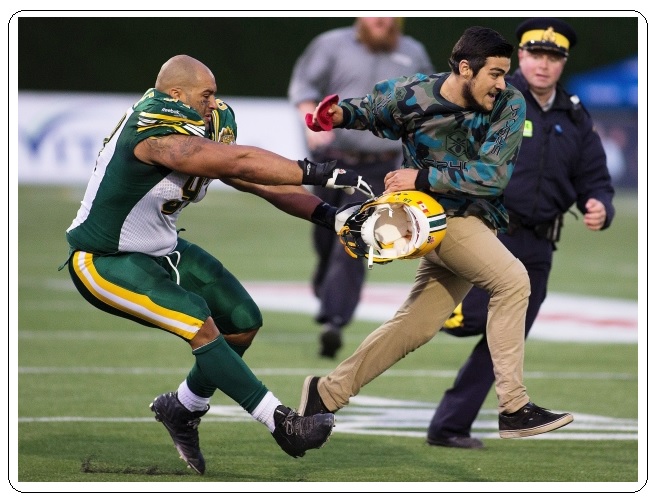
A Mystery of the Mounties:
Tackle But Don't Shoot Me!
by J. J. Healy
According to news reports, police shootings in Canada have reached semi epidemic levels. A 2018 CBC report by Katie Nicholson, said that more than 460 Canadians have been shot dead by police since 2000 and most had suffered mental health or substance abuse issues.

Not only are these statistics startling, but they lead one to ask an obvious question, “Why do police officers reach so quickly for their gun to resolve a problem -- even in cases when the suspect has no weapon?” The answer might have as much to do with the police officer’s personality type as it does with the threat coming from the suspect. We might learn something from the following cases where police officers interacted with different suspects and by comparing one example to another. The stories are all laid bare in "The Mystery of the Mounties: Tackle But Don't Shoot."
To start off, if a dangerous or unexpected situation arises, many Canadians sense that whenever police officers respond they are either caught off guard, or not trained well enough, or are ill prepared to face the critical incident and so they immediately resort to brute strength and force which sometimes can be deadly or the police use their gun and kill the suspect.
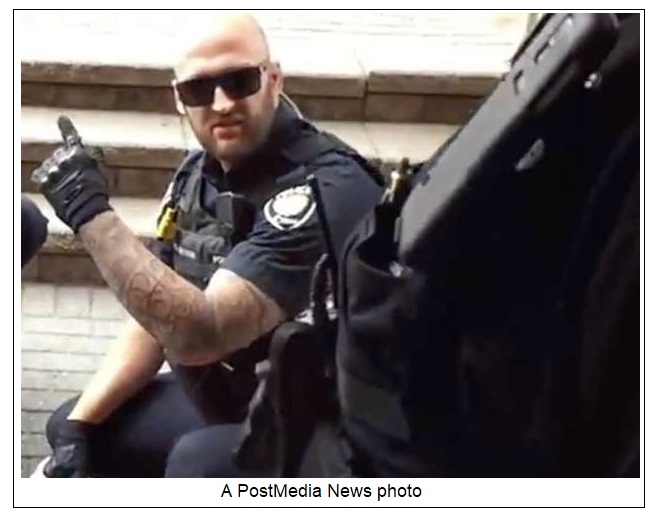
In the first case, a news report said a Somali Canadian man with unspecified mental health issues, lost vital signs during a confrontation in 2016 with two Ottawa Police constables. The man was pronounced dead in hospital. A CBC News investigation later uncovered that one of the constables had been wearing a pair of reinforced gloves during the confrontation. The personality, the behaviour of the two constables, and the reasons for the constable to be wearing reinforced gloves will undoubtedly come under examination in future court proceedings. The reasons for the two constables not to tackle him, and get him into a hospital are not known.
In a second case, what happened in Toronto a couple weeks ago clearly demonstrated an alternative way for a police officer to arrest someone without injuring the suspect or firing a shot. The police officer’s training and his personality was all the buzz -- he was as much in control of his own behaviour as he was in control of the suspect.
The accident in Toronto in mid April, 2018 which involved a rental van and killed 10 people and injured many others was as sudden, horrible and sad as anyone could ever imagine, but Toronto’s Police Constable Kenny Lam’s response was methodical -- he effected a controlled and non-violent arrest and most importantly he refrained from shooting the threatening suspect. It was an excellent example of how to manage a dangerous incident with patience and constraint. Undoubtedly, his calculating personality was a contributing factor to keep the suspect alive.
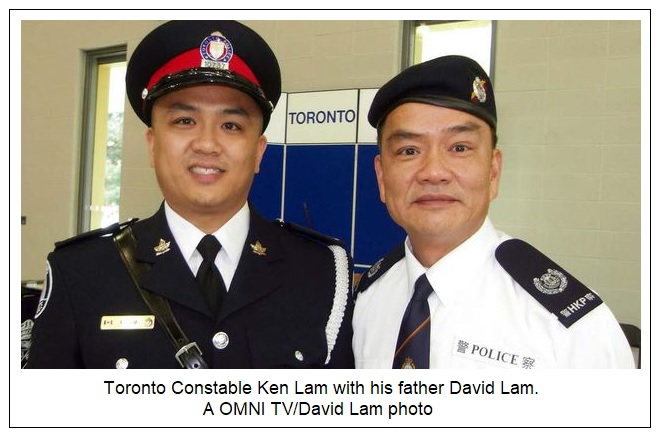
Constable Lam’s voice was intense, persistent and command-filled, and his use of force was controlled, tolerant, and fully appropriate to preserve the life of the suspect. To repeat, he exhibited a high level of professionalism which demonstrated that it is possible for a police officer to arrest a dangerous offender without firing a shot.
In the video, it looked like the suspect was carrying something in his hand, and he tempted Constable Lam to shoot, but he chose not to use lethal force and kill the suspect. Constable Lam’s bravery won the admiration of everyone. His conduct was gold standard, and the original question has to be asked again and again, “Why do police officers reach so quickly for their gun to resolve a problem even in cases when the suspect has no weapon?” As a result of what happened in Toronto, the need for the police to use lethal force so often has now been raised to a whole new level for debate. It is not an easy question to answer.
A third case was well publicized. In 1999, RCMP Constable Michael Ferguson shot a suspect in the stomach and then in the head during an altercation in a Pincher Creek jail cell. The man died of his injuries. The criminal case went through two trials that ended in hung juries before Ferguson was convicted of manslaughter in September 2004.
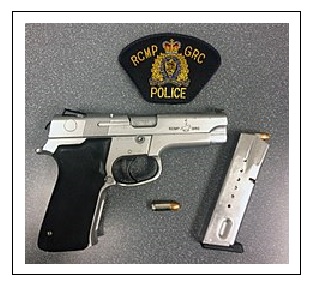
It became apparent that Constable Ferguson suffered from a flawed personality. An internal investigation by the RCMP into Ferguson’s behaviour found he had a history of altercations — including allegations of harassment. One news report said that some of Ferguson’s colleagues at the Pincher Creek Detachment were fearful that his anger would eventually lead him to self explode. Earlier intervention by the RCMP may have lead to Ferguson getting the necessary medical help, and the person under arrest might still be alive.
The fourth case made headlines around the world. In 2007, Robert Dziekański, a Polish immigrant to Canada was killed during an arrest at the Vancouver International Airport in Richmond, BC. He was tasered five times by RCMP members who encountered Dziekański while he was unarmed and detained alone inside the security zone at the airport. Yet, an inquiry report concluded that the RCMP were not justified in using a taser against Mr. Dziekański and that the RCMP members later deliberately misrepresented their actions to investigators. The reasons for the several RCMP constables not to tackle Mr. Dziekański and control him, and get him health care at the hospital will always be a mystery.

In the most recent case, journalist Karin Larsen reported that an RCMP constable in Surrey, BC was charged in criminal court following the 2015 death of Hudson Brooks. According to the news, Brooks was in a state of distress, screaming and walking in the middle of the street just before a lone constable arrived. Brooks began pounding on the window of the RCMP cruiser. Soon, more RCMP arrived, and Brooks began running towards them, then he was shot and killed. Apparently, Brooks was not armed. The case is before the courts, but one has to wonder why Brooks was not tackled, tossed to the ground and then taken to the hospital rather than him being shot and killed?
Years ago, say in the 1960’s, I believe that there was less emphasis in the RCMP for one to unholster our Service Revolver. I was once posted to Maple Ridge Detachment on BC’s Lower Mainland. One night in 1968, I was called to assist at a man’s house in the neighbouring jurisdiction of Port Coquitlam.

When I arrived, I saw Corporal Eric White on the top step of the house. A man stood in the entryway of his house holding a butcher knife. As I approached, Corporal White turned and sternly told me, “Stay at the bottom of the stairs, don’t come any closer”. I froze as I was told, and for the next forty minutes or more, Corporal White talked, talked and talked with the man. Eventually the man listened, then he tossed the knife aside and Corporal White arrested him. It ended peacefully.
In retrospect, both Corporal White and I had ample opportunities to shoot the man, but surprisingly neither of us thought about our Service Revolver nor did we feel the need to shoot. Yes, the situation was tense, but the man was drunk and he talked in long strings of nonsense. Corporal White’s eye contact was never broken, his voice was calm, reassuring and reassuring the man about his need to love and support his family. Neither Corporal White nor I made any sudden moves to threaten the man. The point to be made is that RCMP members were less prone to use firearms in those days, in fact, as I recall, during our basic training at ‘Depot’, recruits were discouraged from every drawing our weapon. Instead, we were instructed to employ our tongue, and to keep talking. Even today, I recall how effectively the tongue talk strategy worked for Corporal White.
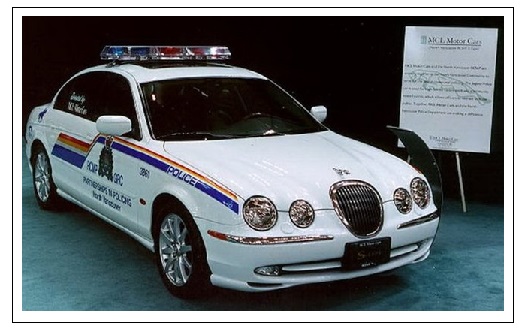
In a final case, one Sunday afternoon in 1969, I was called to Alouette Lake some miles from downtown Ridge Meadows. A woman at the boat landing told me that her husband had gone berserk, and had run off into the nearby woods. She said he was a wolf. The woman said the cause of his craziness was due to his explosive nature after his boat had run out of gas, and then it ran aground, coupled with his inexperience and not easily getting the boat back on its trailer.
I entered the woods, and I could hear the wolf sounds made by the man. He was running frantically around in circles, scratching himself and grabbling sticks and leaves and eating them.

When he spotted me, the man turned and bolted directly for me, but not as a panting wolf close to the ground, but instead his stature suddenly grew like a huge, loud grunting bear. Then, he charged me grunting frightfully loud and menacing. He tackled me, but I was fortunate to land on top of him. I scuffled on the ground with this man-bear for several minutes. I was able to cuff one wrist, but it took all of the strength of his wife and me to cuff his other wrist. I was caked in mud, and dishevelled, but I never thought to shoot the man or to harm him unnecessarily. After being admitted to the hospital and resting for some days with medication, the man recovered.
With the police today, it seems odd that more suspects are not tackled like players do in football. More often than not, it just seems that the gun is first whipped out, and inevitably the suspect is shot and killed.
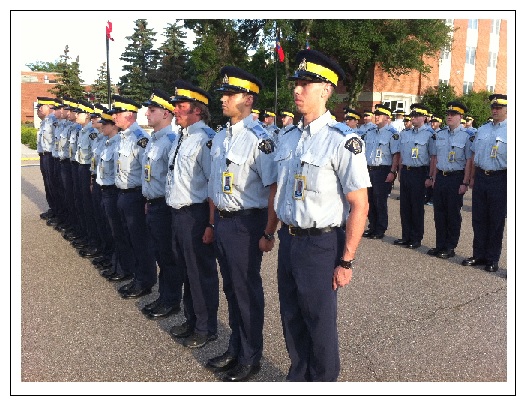
The methods which a police officer employs to deescalate a dangerous situation varies from one case to another and many, many factors must be taken into consideration; the presence of a gun, the police officer’s world experiences, his or her personal mindset, and the physical and psychological condition of the police officer to name but a few issues.
There are no simple rules because every situation and every suspect which a police officer might confront is unquestionably different.
Perhaps it is time for the whole issue of deadly force employment, and the personality of every police officer to be examined and re-evaluated. Otherwise, the numbers of Canadians being killed by police officers will remain shocking and forever mysterious.
The end.
Reporting from the Fort,
J. J. Healy
May 1, 2018
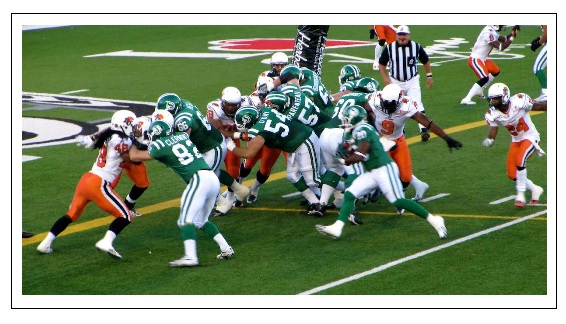
CBC News. July 12, 2017. Police officer charged in Abdirahman Abdi's death to face trial in 2019. Const. Daniel Montsion charged with manslaughter, aggravated assault, assault with a weapon.
Larsen, Karin· CBC News· December 19, 2017. Surrey RCMP officer charged in shooting death of Hudson Brooks.
Nicholson, Katie. CBC News. April 4, 2018. Most Canadians killed in police encounters since 2000 had mental health or substance abuse issues.
